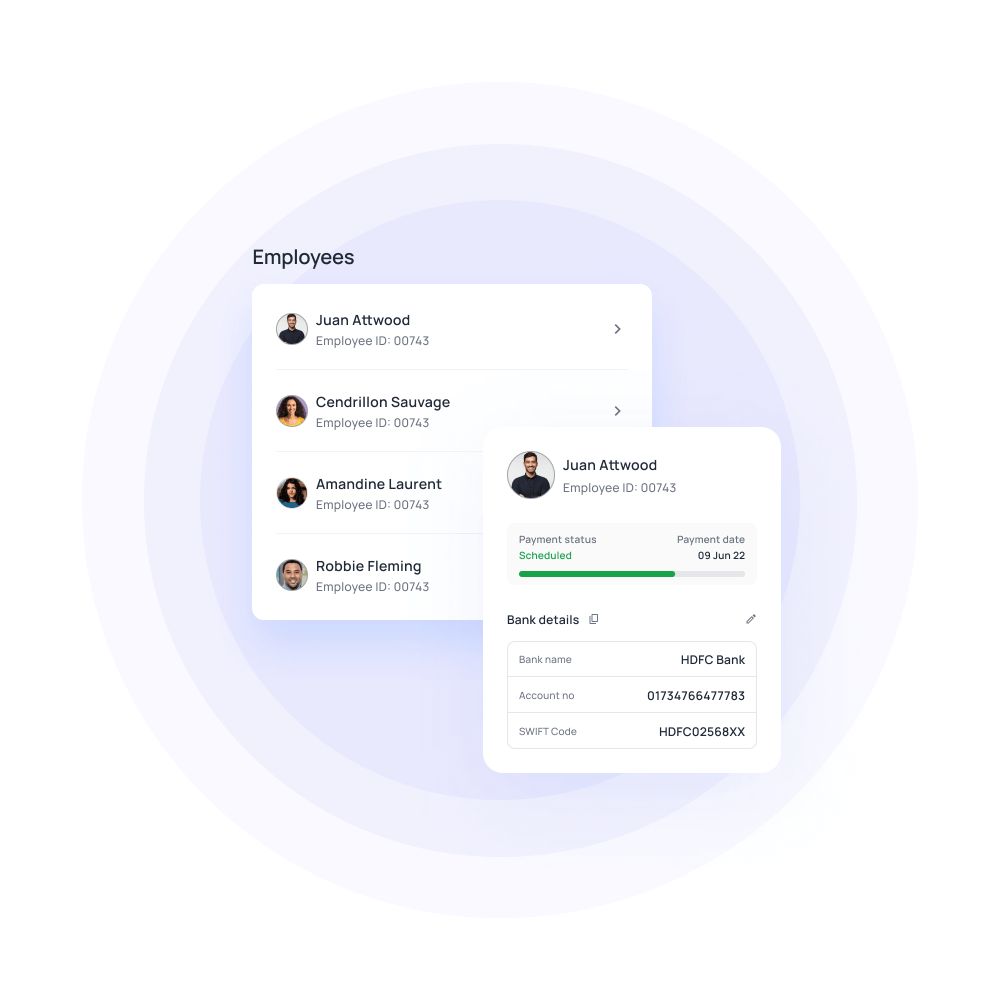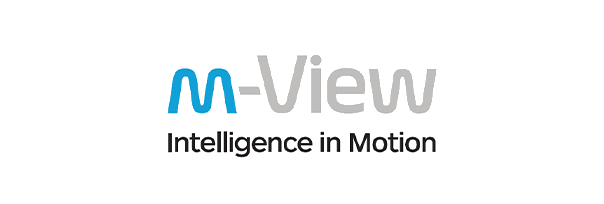7 steps to setting up payroll for your small business
Piecing together a comprehensive payroll for small businesses can be trickier than it might seem at first. There are legal guidelines to comply with, numbers to crunch, risks, and errors to account for, and several other nitty-gritty that requires meticulous attention.
Keeping track of, complying with, and carrying out these processes efficiently requires a good degree of effort and time, and can be especially daunting if you’re setting it up for the first time for a small business. To get through this necessary yet rigorous task having a blueprint or guide at hand to help is always a bonus.
Why payroll is important for a company?
Paying your employees their salary on time and efficiently can contribute to the present sustainability as well as the future growth of your company. Not only because it is a necessary part of running a business but also because of the overall positive influence it can have on your company:
Boosts employee morale
How regular and efficient your employee payroll system is can directly play into the morale levels of your employees. This is easier if you’re a larger company, employees already have a good amount of faith in the company’s financial stability. However, when small businesses pay salaries late employees tend to start questioning the company’s financial stability. This can then lead to them underperforming and losing the motivation to continue working.
Helps maintain consistency
Employee payroll setups require multiple steps to be carried out. These tasks also need to be performed regularly after periodic intervals. The benefit that you get when you set up payroll is that you can have systems in place that help you roll out the same steps every week, month, or quarter with consistency. This is especially helpful for small businesses because it helps them cut down on mundane repetitive tasks and give more time to value-oriented activities that help grow the company.
Determines compensation
The compensation that you build into an employee’s payroll will also determine the net worth that employee feels they have in your organization. The benefits, perks, bonuses, etc. that you include when you set up payroll will all tie into reflecting an individual’s worth and subsequent compensation at your organization.
Boosts company reputation
It goes without saying that completing any task on time and efficiently can only add to a company’s reputation. Reputation building is an especially important task for small businesses. When you roll out your employee payroll on time, every time, your reputation amongst the current and potential workforce is significantly boosted. It helps retain and attract talent and build a brand that stands for dependability.
Want to automate your payroll process?
How to set up payroll process for your business?
Setting up payroll is one of the first things that you’ll have to do when starting a company. How you go about this will heavily influence the future of your business. To help you through, we’ve got an easy 7-step guide to setting up a payroll for you:
Review legal and tax guidelines
Before you set out with the actual payroll setup it is extremely important that you conduct a thorough review of all the guidelines, policies, and laws that your government deems legally binding when paying employees and setting up your overall payroll system. This could include, for example, necessary tax deductions, HRA, travel, or other legally necessary benefits that need to be included in the salary. In some countries, like the US, these regulations can differ within the country, from state to state, as well so it would do good for you to check out your local government’s regulations for any additional requirements.
Apply for necessary documentation
The next step is to acquire the necessary documentation with which you can officially start setting up your employee payroll. This could include documentation that both you as a company need to comply with as well as legal processes that your employees have to follow as well. In the US, for instance, this would include acquiring a Federal Employer Identification Number (FEIN or EIN). Again, in India, this would take the form of obtaining a TAN or tax deduction and collection account number. Your employees would also have to fill out certain legally binding documents during the time of hire so ensure you have the required papers at hand.
Decide pay structure
Analyze your current situation, future potential, and how you want to get there, and then decide the way you want to manage payroll structure. Besides the actual salary, your payroll structure will also include, for example, CTC or cost-to-company components. These could include different forms of allowances, insurance, PF, or other benefits that are legally necessary. It will determine how you break down an individual salary and how much the employee will receive and when.
Choose payroll software
Having your bookkeeper or HR team roll out payroll for small businesses might be tried and tested but it’s not a great option for scalability. As your company grows your workforce will grow and so will the complications that arise with payroll systems. A wise move would be to choose a payroll software provider or an integrated HR system. Many SaaS providers have comprehensive spend management software that can automate your entire payroll process. These platforms can cut down payroll timelines from months to days with less than half the effort that would otherwise be required.
Set up payroll schedule
Once you’ve gone through the legal formalities, decided how you want to manage payroll and its structure you must then determine your payroll schedule. Companies can choose to pay their employees weekly, bi-weekly, or monthly. There’s also the case of contractual workers getting paid one-time amounts. You need to decide which approach amongst these is the best for you. Once you do you can set the time periods on your payroll software and let it work its magic.
Collect employee information
As you might have already observed by the time you reach this step, you’ll have to pay a certain amount of taxes on behalf of your employees. Besides this, you’ll also have to carry out a number of other formalities for them. In order to be able to do this, you need to have the necessary information about your employees. This information includes, but is not limited to, employee name, address, phone number, government ID number, bank account details, phone number, and any other declarations they might have.
Roll out salaries, pay taxes
Finally, once you’ve done it all - set up payroll account, fill out forms, and complied with guidelines - it’s time to pay the actual salaries and, of course, the tax deductions that come with it. This part of the job is especially easy if you have payroll software working for you, it pretty much automates most of the process. If not, you need to remember the right dates, crunch numbers on time, and ensure compliance at all times to avoid legal or financial roadblocks.
Payroll setup checklist
When you set up payroll there’s a whole list of information you’ll have to collect, process, and store. In order to ensure none of this is missed out you can have a checklist handy. Ideally, this list should include:

Company information
-Account details
-Payment types (e.g. different forms of wages, bonuses, commissions, etc.)
-Contributions (e.g. insurance, PF, 401k, etc.)
Employee information
-Legal forms to be filled (depending on govt. regulations)
-Rate of pay
-Deductions (for insurance, PF, etc.)
-Paid leave or vacation hours
-Account details
-Date of hire
Company tax information
-EIN or FEIN, GST no., TAN, etc. (depending on govt. regulations)
-Deposit schedules for tax payments
Company history
-Payroll details for the current quarter
-Payroll details for the previous quarters
How does a payroll system help in managing employee payments?
When you’re a small business you need to make the most of the time and resources you have available. A big hurdle in being able to do so is the mundane, time-consuming tasks that come with payroll management.
When you have a system in place to help you set up payroll and subsequently enforce it you enjoy the benefits of consistency and efficiency. Especially when you have payroll software working for you the process becomes particularly convenient. Not only do they help you enjoy the benefits of boosted employee morale, company reputation, clear-cut compensation, and consistency but you also give your finance teams a much easier time when dealing with big payroll lists and the nitty-gritty that come with them. You can enjoy features like employee onboarding management, tax compliance tools, and workflows that help manage payroll.
All-in-all, a comprehensive payroll system keeps your company on the right side of the law, employees happy and your reputation concrete.








Trusted by finance teams at startups to enterprises.
FAQs
This will depend on your government’s regulations. In the US, for example, payroll records need to be maintained for at least 3 years, employment tax records need to be maintained for 4 years.
Direct deposit is arguably the most popular way of paying salaries. It’s convenient, there’s no need for physical checks or the fear of losing sensitive information. So, yes, paying via direct deposit is a good idea.
Paying employees in cash is technically legal. However, it can bring you under a legal microscope. Cash payments are regularly associated with tax avoidance and fraud. If you do pay employees in cash make sure to keep all tax and salary payment records at hand and safely secured.
This too will be dependent on what your government deems deductible. In the US, federal income, social security, and medicare taxes are some deductions that have to be made. State and local taxes and other legally necessary benefits will also have to be deducted. To get a better idea of this it is recommended to review your state guidelines for salary deductibles.
You need to start by filling out an employee Information form, bank confirmation slip and get your employee to complete a tax form. Then, send all filled-out forms to your payroll team at least a few days (e.g. 3-4) before the employee’s first salary is due to be paid.
Bring Volopay to your business
Get started free